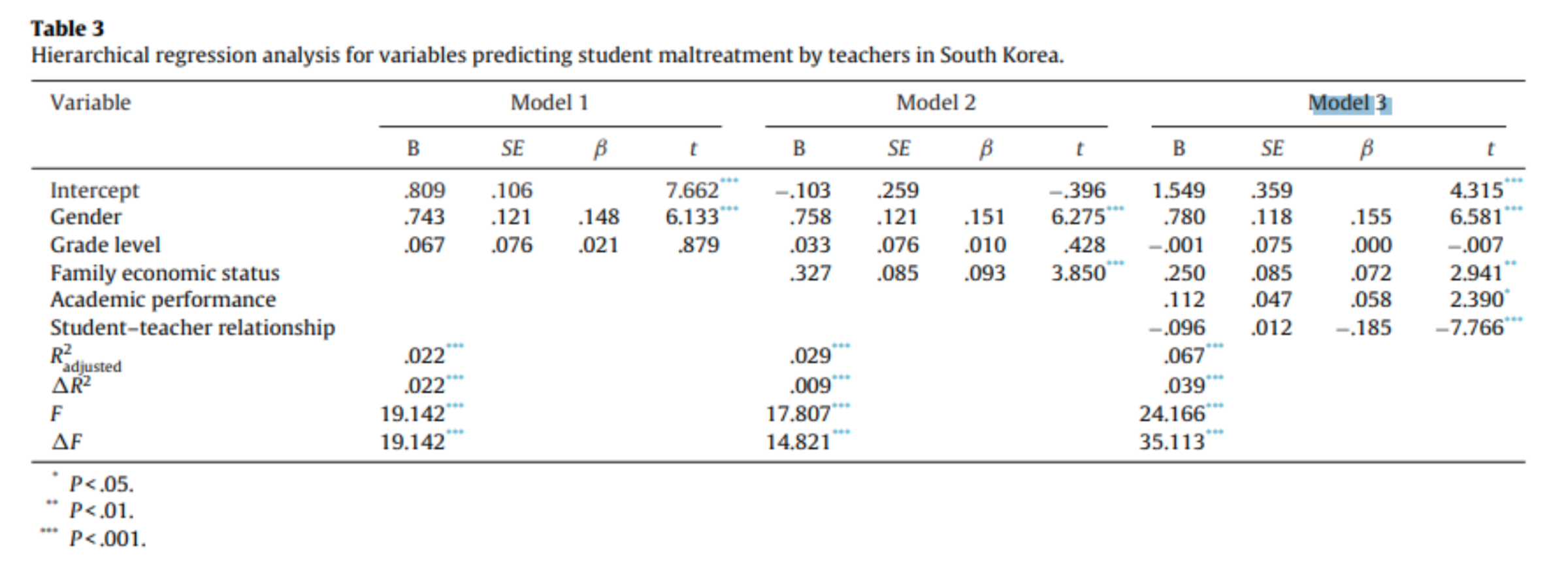Opioid Crisis Among South Korea Students
Written by Halam Bae
South Korea is notorious for its College Scholastic Ability Test (CSAT), Suneung. The score a student receives on this exam determines not just which university they can attend but also the opportunities they have for future careers (Chung & Park, 2024). As such, the amount of pressure and stress that South Korean students experience is what contributes to the rise in substance use among South Korean students.
Multiple surveys have illustrated that South Korean parents are too concerned with their children not meeting the academic standards set by society (KH디지털2, 2017). As such, they send their children to private academies (hagwon). There are a variety of hagwons that specialize or focus in certain areas, such as English, mathematics, arts such as music, science, and sports. The purpose of hagwon is to ensure students perform better than others both academically and in extracurriculars, hoping to score high in the CSAT and become an ideal candidate for their desired universities. Rather than focusing on life skills or the process of learning new knowledge, it primarily focuses on memorizing information verbatim. However, hagwons are notorious for their long study hours and intense nature. In addition to a full day at school, students will then attend hagwons for as long as 4 hours, come home at late hours and stay up until they finish their assignments from both school and hagwon (The TEFL Academy, 2024). Students that are at least 5-years-old will begin taking on such schedules until they graduate highschool, and with 85% of 5-year--olds currently attending private academies, this is an issue that needs to be addressed.
Kim Eun-young, who was in charge of the study stated unrestricted amount of education at a young age could lead to depression, a lack of concentration or even aggressive behaviour. This explains why Korean students’ depression is correlated with low academic achievement (Chon et al., 2017) and why in a sample of 2190 children who received antidepressant medications, depressive disorders was the most common diagnosis (Chon et al., 2017). Antidepressants may not cause addiction (Huizen, 2023) but if individuals become too dependent on them after a long period, they can experience withdrawal symptoms when they stop, which exacerbates this substance use situation. On the contrary, if antidepressant medications are not available, then students may resort to other methods such as alcohol, tobacco or illicit drugs, as research shows a positive correlation between these substances and high stress or depressive moods (Paul & Kim, 2015).
It is also important to consider the physical maltreatment teachers give to poor-performing students. In a study done in Egypt, it was discovered that students with poor academic achievements had a 1.23 times higher likelihood of reporting physical punishment by teachers than students with good grades. (Youssef et al., 1998). To determine if this was the case for South Korean students, Ji Hyeon Lee completed a study and the results were similar.
Figure 1. Hierarchical regression analysis for variables predicting student maltreatment by teachers in South Korea. (Lee, 2015
Although there are not many studies done in South Korea regarding the relationship between substance use and school abuse, inferences can be made. A correlational analysis conducted by Mandavia et al. indicated a significant positive correlation between lifetime drug and alcohol use with self-reported childhood physical, sexual, and emotional abuse severity (Mandavia et al., 2016).
It is not as if South Korean students do not have access to professional help, but the stigma associated with mental health in South Korea prevents them from reporting their problems and are severely reluctant to seek help. Essentially, students are worried about judgment or any repercussions that may follow, all of which exacerbate this situation (Chung & Park, 2024). This steers students towards relying on drugs to cope with their situation.
In conclusion, the education system in South Korea should be changed to protect the next generation. With high academic standards, stress, extreme measures in getting into prestigious schools, and physical abuse by teachers, students are relying on drugs to cope with their situation. However, in no way does this benefit them as they may continue to depend on such substances, increasing their risks for addiction and withdrawal.
References
Chon, M.-W., Lee, J., Chung, S., Kim, Y., & Kim, H.-W. (2017). Prescription Pattern of Antidepressants for Children and Adolescents in Korea Based on Nationwide Data. Journal of Korean Medical Science, 32(10), 1694. https://doi.org/10.3346/jkms.2017.32.10.1694
Chung, J.-H., & Park, Y.-S. (2024). A Study on the Relationship Between Academic Stress and Mental Health Among High School Students in South Korea. Research and Advances in Education, 3(1), 54–65. https://doi.org/10.56397/rae.2024.01.06
Huizen, J. (2023, March 1). Can antidepressants be addictive? Medical News Today. https://www.medicalnewstoday.com/articles/are-antidepressants-addictive
KH디지털2. (2017, January 9). 83 percent of five-year-olds in Korea go to hagwon - The Korea Herald. The Korea Herald. https://www.koreaherald.com/article/1203153
Lee, J. H. (2015). Prevalence and predictors of self-reported student maltreatment by teachers in South Korea. Child Abuse & Neglect, 46, 113–120. https://doi.org/10.1016/j.chiabu.2015.03.009
Mandavia, A., Robinson, G. G. N., Bradley, B., Ressler, K. J., & Powers, A. (2016). Exposure to Childhood Abuse and Later Substance Use: Indirect Effects of Emotion Dysregulation and Exposure to Trauma. Journal of Traumatic Stress, 29(5), 422–429. https://doi.org/10.1002/jts.22131
Park, S., & Kim, Y. (2015). Prevalence, correlates, and associated psychological problems of substance use in Korean adolescents. BMC Public Health, 16(1). https://doi.org/10.1186/s12889-016-2731-8

